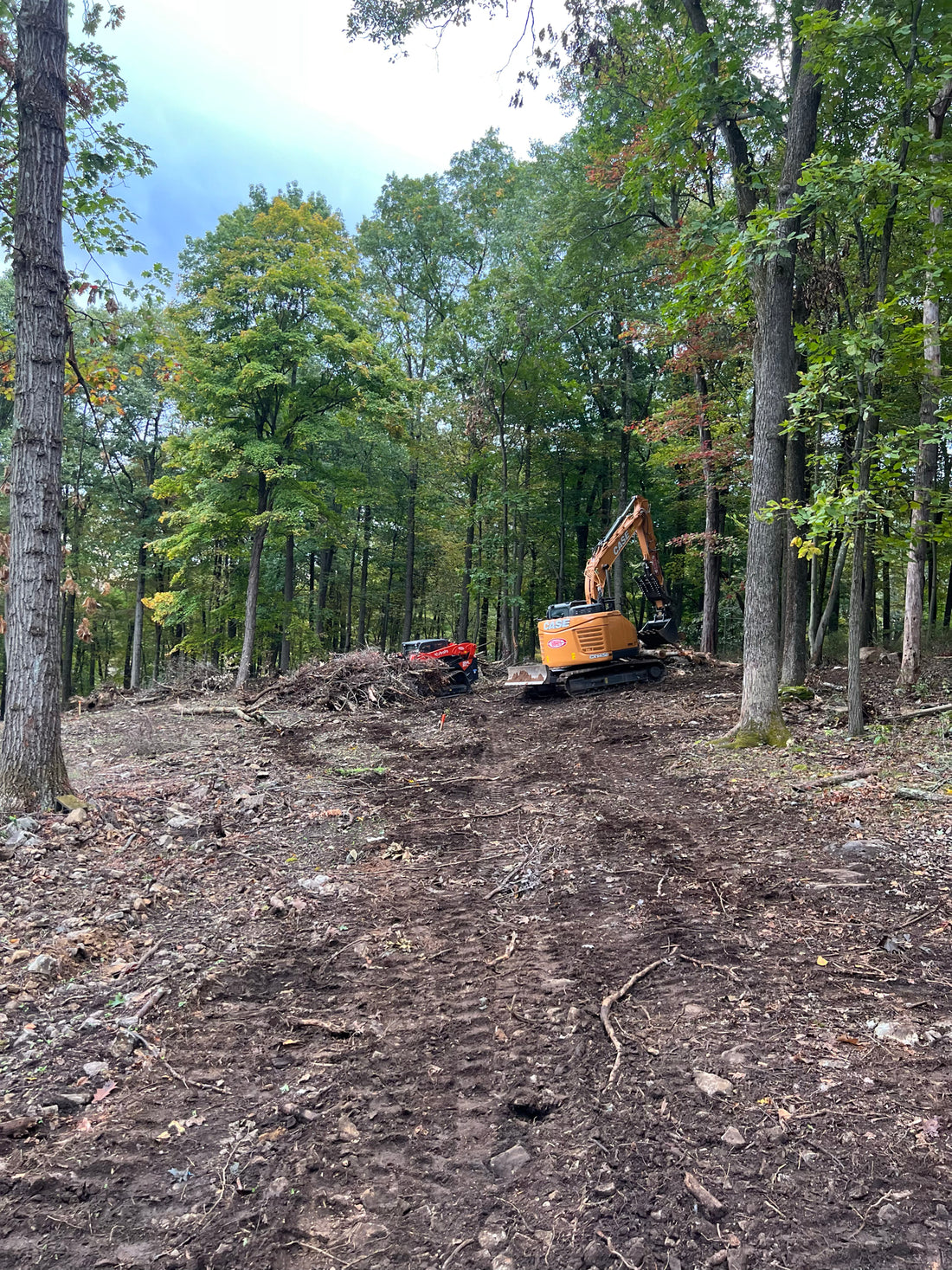
Land Clearing
Share
Land clearing is the process of removing trees, shrubs, vegetation, and debris from a specific area to prepare it for construction, agriculture, or other land development activities. This step is crucial for creating a safe and usable site for future projects.
Key Steps in Land Clearing:
-
Site Assessment: Conduct a thorough evaluation of the land to identify existing vegetation, topography, and any environmental considerations. This assessment helps determine the appropriate clearing methods and any necessary permits.
-
Permitting and Regulations: Obtain any required permits and ensure compliance with local environmental regulations. This may involve assessments to protect wildlife habitats or wetlands.
-
Planning: Develop a land clearing plan that outlines the methods and equipment to be used, as well as the timeline for the project.
-
Vegetation Removal: Utilize heavy machinery, such as bulldozers, excavators, or specialized land clearing equipment, to remove trees, shrubs, and other vegetation. Depending on the project's size, this process can vary from selective thinning to complete removal.
-
Debris Disposal: Manage the removed vegetation and debris responsibly. This may involve grinding branches into mulch, chipping, burning (where permitted), or hauling materials off-site for disposal.
-
Grading and Leveling: After clearing, the land may require grading to ensure a level surface and proper drainage. This step helps prepare the site for construction or landscaping.
-
Erosion Control Measures: Implement erosion control measures, such as silt fences or sediment traps, to prevent soil erosion during and after the clearing process.
-
Final Inspection: Conduct a final inspection to ensure the site is cleared according to the plan and meets all regulatory requirements.
